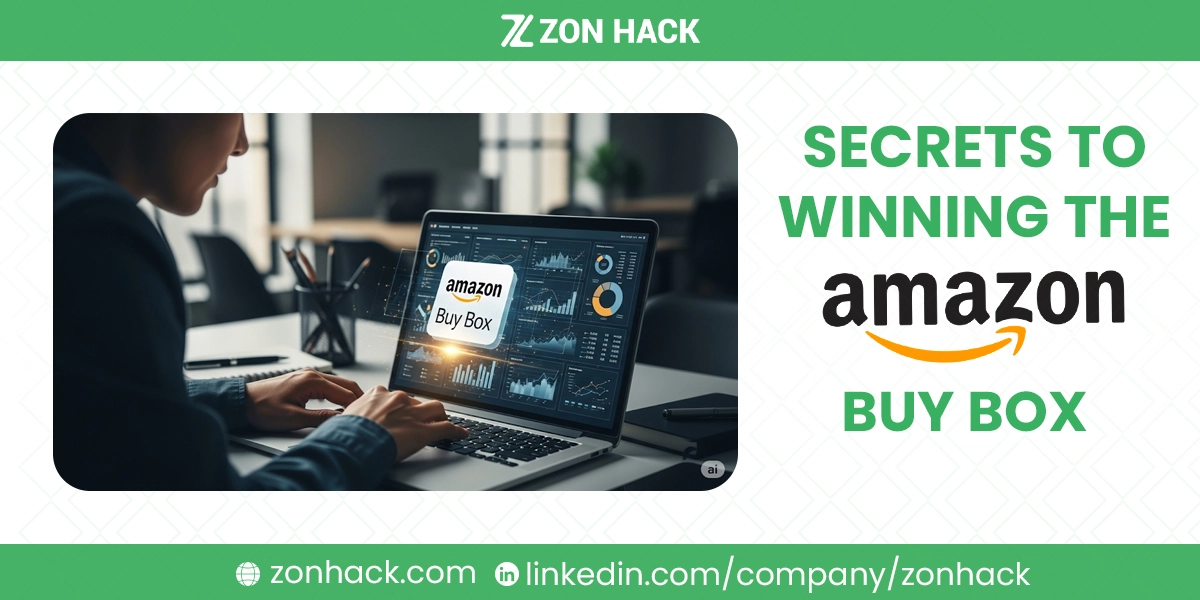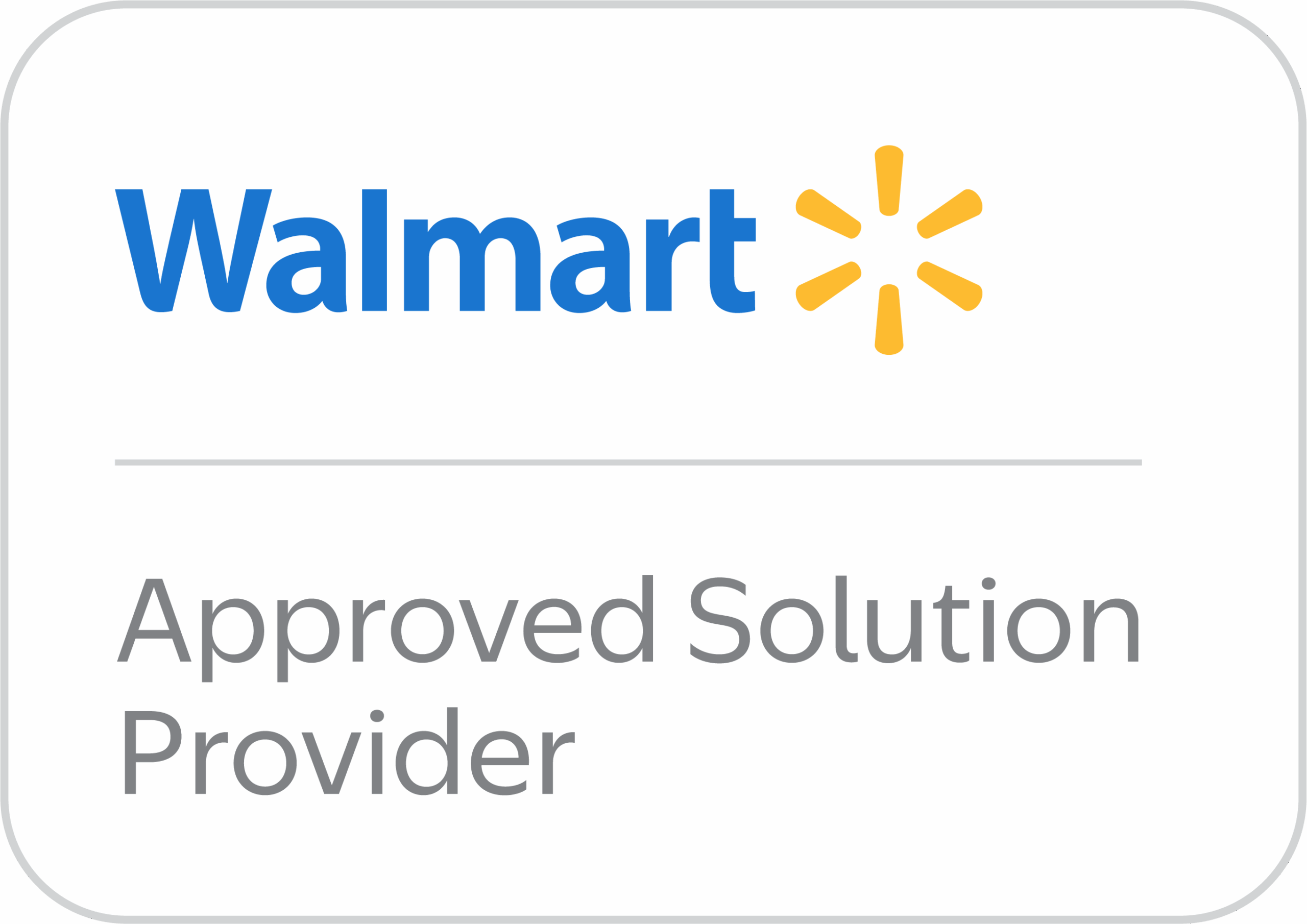If you’ve ever shopped on Amazon, you’ve definitely used the Buy Box—even if you didn’t realize it. It’s that little box on the right-hand side of a product page where you click “Add to Cart.” And here’s the kicker: over 80% of Amazon sales happen right there.
For sellers, winning the Buy Box is like having the best shelf space in the busiest store in the world. If your product doesn’t make it into that golden spot, you’ll likely see fewer clicks and fewer sales. But don’t worry—winning the Buy Box isn’t just about luck. It’s about knowing the rules of the game and playing them smart. Let’s uncover the secrets step by step.
Use Fulfillment by Amazon (FBA)
When it comes to Buy Box eligibility, FBA is like a VIP pass. By letting Amazon handle your fulfillment, you automatically score points in areas that Amazon cares about most: speed, reliability, and customer service.
Think about it: when customers see the Prime badge, they feel confident about fast shipping and easy returns. Amazon loves that too, because it keeps buyers happy. For example, if you’re selling phone chargers, and your listing is fulfilled by Amazon with 1-day shipping, you’ll likely beat out another seller offering the same product with 5–7 day delivery.
Yes, FBA fees can feel heavy, especially for larger or slower-moving items. But if your goal is long-term sales growth and Buy Box wins, the investment often pays for itself in volume. Many sellers use FBA for their bestsellers while fulfilling less competitive items themselves. That balance can keep costs under control while still reaping the rewards.
Competitive Pricing
Price is one of the strongest Buy Box factors. But here’s the secret: it’s not about always being the cheapest.
Amazon looks at the landed price (product price + shipping + VAT). For example, let’s say two sellers are offering the same blender:
- Seller A: $29.99 + $4.99 shipping
- Seller B: $33.50 with free shipping
Amazon often gives the Buy Box to Seller B, because the landed price is lower and “free shipping” appeals to customers.
To stay competitive without turning into a full-time price watcher, many sellers use repricing software like RepricerExpress or BQool. These tools automatically adjust your prices based on competitors while keeping your margins safe. For instance, if your competitor drops their price by $1, the software can reduce your price by just enough to stay competitive—without you manually changing it.
Maintain Excellent Seller Performance Metrics
Amazon doesn’t just want cheap products—it wants happy customers. That’s where performance metrics come in.
Here are the key ones:
- Order Defect Rate (ODR): Keep this under 1%. An ODR includes negative feedback, A-to-Z Guarantee claims, and chargebacks. Imagine selling 100 items, but two customers complain or file claims. That’s a 2% ODR, which could hurt your Buy Box chances.
- Cancellation and Refund Rate: Keep it under 2.5%. If you’re frequently canceling orders because you can’t fulfill them, Amazon won’t trust you with the Buy Box.
- On-Time Delivery Rate: Aim for 97% or higher. If 3 out of every 100 orders are late, you risk slipping down the rankings.
- Seller Feedback: Try to stay above 4.7 stars. Shoppers trust you more, and Amazon rewards that trust with Buy Box visibility.
For example, a seller with slightly higher prices but excellent metrics might still beat out a cheaper seller with late deliveries or poor reviews. Amazon values reliability just as much as cost.
Keep Inventory in Stock
Nothing kills Buy Box eligibility faster than going out of stock. Amazon doesn’t want to recommend products that aren’t available—it wants to guarantee quick fulfillment.
Imagine you’re selling a popular board game right before the holiday season. If you run out of stock while your competitor has inventory, they’ll win the Buy Box instantly. Worse, your organic ranking can also suffer.
To avoid this, use Amazon’s inventory management reports or third-party tools like RestockPro. They can track sales velocity and alert you before you run low. A common rule of thumb is to keep at least 4–6 weeks of inventory for fast-moving products, especially during peak shopping times like Black Friday or Christmas.
Optimize Shipping Times
Fast shipping is a major Buy Box factor. Amazon categorizes shipping times as 0–2 days, 3–7 days, and so on. The shorter, the better.
If you’re fulfilling by merchant (FBM), you need a strong shipping plan. For example, using USPS First-Class for small items or UPS 2-Day for mid-size products can make a big difference. If your competitor offers 5–7 day shipping while you guarantee delivery in 2 days, you’ll likely win the Buy Box—even at a slightly higher price.
This is why so many sellers stick with FBA. Amazon handles the speed automatically, keeping you competitive without the hassle.
Manage Customer Reviews and Service
Reviews are like social proof. The more positive reviews you have, the more Amazon (and customers) trust you.
For example, if two sellers are offering the same hair dryer at the same price, but Seller A has 4.8 stars with 1,200 reviews while Seller B has 3.9 stars with 200 reviews, guess who’s winning the Buy Box? Exactly—Seller A.
But it’s not just about numbers. It’s about how you handle feedback. If someone leaves a negative review, reply with a helpful and professional response. This shows future buyers you care.
On the service side, always respond to customer inquiries within 24 hours. Late or unhelpful responses can drag down your performance metrics and cost you the Buy Box.
Optimize In-House Processes
Think of your business like a machine. If one part breaks down, the whole system suffers. That’s why efficient in-house processes matter.
For example, let’s say you’re selling home fitness equipment. If your supplier is slow or you don’t track stock properly, you might face delays or cancellations. That leads to unhappy customers—and Amazon notices.
By streamlining logistics, planning replenishments ahead of time, and using reliable packaging, you reduce the chances of problems. The smoother your behind-the-scenes process is, the stronger your Buy Box chances will be.
Use Pricing Strategies
Pricing isn’t just about numbers—it’s about psychology.
One smart approach is value-based pricing. For example, let’s say you’re selling kitchen knives. Instead of only competing on price, you can bundle the knife set with a sharpener or cutting board. Even if your price is $5 higher than your competitor’s, the added value makes it more attractive—and Amazon often rewards this with Buy Box visibility.
Another tactic is running short-term promotions. During the holiday season, offering a limited-time discount can help you secure the Buy Box and boost sales velocity. Amazon’s algorithm notices this momentum, which can improve your position even after the promo ends.
Conclusion
Winning the Amazon Buy Box is not about luck—it’s about strategy. From using FBA for speed and reliability to keeping your prices competitive, maintaining excellent seller metrics, and never running out of stock, every detail matters. Amazon wants to recommend the sellers who keep customers happy, and that’s where you come in.
Think of it like this: if you consistently deliver good products, fast shipping, and great service, Amazon rewards you with visibility—and customers reward you with sales. It’s a win-win.
So, keep improving your processes, stay ahead of inventory, and play smart with pricing. The Buy Box might feel competitive, but with the right approach, it’s absolutely within your reach.




